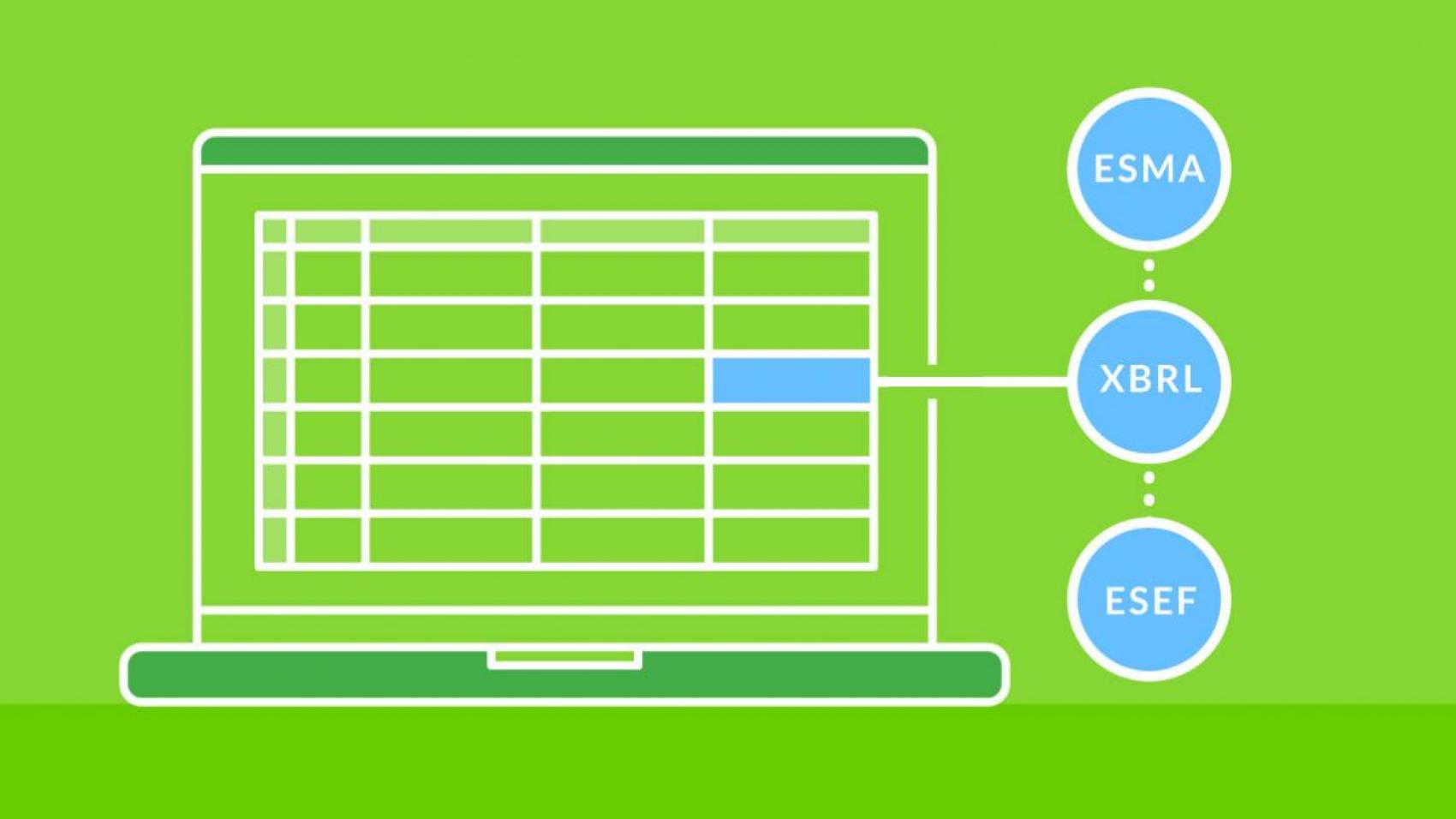What You Need to Know About the ESMA Mandate and ESEF Reporting

Digital transformation is everywhere, including on the agenda of the European Securities and Markets Authority (ESMA). The EU's broader goal for a single digital market strategy includes requiring issuers to prepare their annual financial reports in a single electronic reporting format. Any new requirements from ESMA impacts issuers' regulatory compliance teams, and the mandate for a new, standardized EU single electronic data format is no different.
This presents an opportunity for compliance teams to enhance their business reporting processes. Below are some key facts every compliance officer should know about the upcoming single electronic reporting format rule.
What is the European Single Electronic Format?
The European Single Electronic Format, or ESEF, is a new rule mandating that issuers on EU regulated markets use a single electronic reporting data format in preparing their annual financial reports. With the new rule, EU issuers will be required to produce annual financial reports that are machine-readable and more easily discoverable, bringing EU capital markets into the digital information age.
New ESMA rules governing the EU single digital market strategy
The 2013 EU Transparency Directive (TD) sets the rules for ESMA and the transparency requirements of issuers. The EU Transparency Directive assigned ESMA the responsibility of developing regulatory technical standards (RTS) for the single digital reporting format. On Dec. 18, 2017, ESMA published the final draft for the RTS, setting the groundwork for ESEF reporting.
Starting Jan. 1, 2020, all EU issuers (approximately 5,300 EU companies) will be required to use the global open source XBRL electronic data reporting format when drawing up their financial reports. According to the directive, each EU member state must provide an Officially Appointed Mechanism (OAM) that will be responsible for the storage and dissemination of regulated data. Therefore, additional requirements may be required on a national level.
Benefits of the single electronic data reporting format
- All issuers of EU regulated markets must prepare their annual financial reports in XHTML, which can be opened with standard web browsers and displayed as intended by the issuer. As a result, reports will be more consumable by the general public.
- All IFRS financial statements within the annual financial report shall be labeled with eXtensible Business Reporting (XBRL) standard tags, which make the labeled disclosures structured and machine-readable.
- The XBRL tags will be embedded in the XHTML document using the Inline XBRL (iXBRL) technology. XBRL tags are encapsulated in the XHTML document within a single document set, which reduces duplicative efforts.
- ESEF reporting using XBRL requires the existence of a taxonomy, which is a given hierarchical structure used to classify financial information. The IFRS consolidated primary financial statements—such as income statement, balance sheet, etc.—will be marked up in detail, whereas the notes to these financial statements will carry markups that apply to whole sections (i.e., block-tagging). This makes the report easier to scan and organize by both machines and people.
How ESEF and XBRL work together
The ESEF mandate will add a new layer to traditional XBRL tagging. But first: What is XBRL, and how does it work? What is the difference between XBRL and Inline XBRL? Here is a brief primer on the three main components of XBRL:
- XBRL specification
The XBRL specification provides the fundamental technical definition of how XBRL works. The XBRL Specification Documentation, published by XBRL International, sets out the technical guidelines for XBRL and is aimed primarily at software professionals who are seeking to build tools that will directly create or consume XBRL documents. - XBRL taxonomy
XBRL taxonomies are dictionaries of business terms and their corresponding tags—for example, the IFRS Taxonomy. The enormous advantage of universally accepted taxonomies, such as IFRS, is that they allow for a systematic way of naming and organizing financial information into groups that share similar characteristics, thereby enriching the user experience and streamlining the preparation processes.
The idea behind this is simple. Instead of treating information as a block of text, an XBRL taxonomy provides an identifying tag for each individual item. These tags are standardized regardless of company, industry, country, or accounting regulation. Business information reported in XBRL can be easily extracted for reuse in other reports, analytical software, and databases while retaining its original, meaningful context. - Inline XBRL or iXBRL specification
The Inline XBRL or iXBRL specification provides a mechanism for embedding XBRL tags in XHTML documents. This allows the XBRL benefits of tagged data—such as consistency and accuracy—to be combined with a reader-friendly presentation of a report, which is under the control of the preparer.
Why the ESEF mandate is an opportunity to enhance your business reporting process
With the new ESEF regulation, forward-thinking issuers have an opportunity to assess their current reporting processes. An issuer can implement the new mandate in ways that substantially change its reporting processes and thus improve financial reporting quality. Specifically, a cloud-based XBRL implementation strategy will improve reporting reliability as well as efficiency and sustainability, which, in turn, leads to better data governance.
Alternatively, an issuer could choose to only meet the new requirements with a minimum amount of disruption, opting to maintain outdated, manual efforts and undermining the goal of the single digital market strategy. This would still require preparing the XBRL document at the end of the existing process. However, without actually transforming the business reporting process, it could result in unnecessary costs and complexity, whether due to outsourcing the XBRL tagging or adding redundant steps.
Annual reports remain a crucial component for a full understanding of a company's financial standing. Moving to an electronic reporting environment will facilitate analysis, comparability, and accessibility of issuers’ annual financial statements for internal and external stakeholders alike.
Compliance teams should embrace the adoption of the new ESEF standard as an opportunity to take a leap forward in digitalizing the business reporting process, rather than seeing the new ESMA regulation as a reporting burden.

